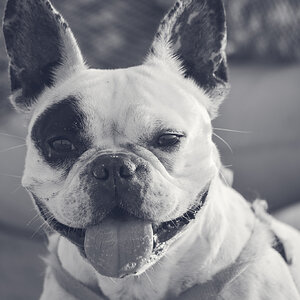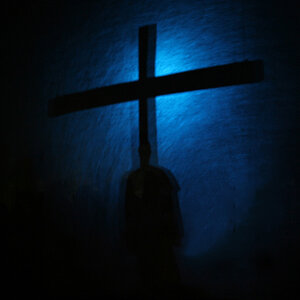Natural_Disaster
TPF Noob!
- Joined
- Feb 4, 2010
- Messages
- 229
- Reaction score
- 0
- Location
- Noth Carolina
- Website
- www.flickr.com
- Can others edit my Photos
- Photos OK to edit
I found a few threads on here about this but im still kind of confused.
I know 300 dpi is needed for best quality (right?)
Do you devide that into the number of pixels you have to get the size of the image you can print?
If i have an image thats 4288x2848 does that mean the larges picture i can print at 300 dpi is a 14x9? How crappy would it look to print that as a 10x13?
If best quality for a 10x13 is 3000x3900 at 300 dpi.....but my image is now cropped to 3291x2561 and i use 300 dpi, best quality will be printed as a 10x8.5 (right?)
Is there any way to get a 10x13 out of it and it still be frame-able quality?
What is the lowest pixels and dpi combination i can use to get a frame-able quality 10x13?
Sorry, i know thats a lot of questions. I thought i had it all figured out until i uploaded pics to be printed and some say the quality wont be good and others say there will be a white border unless i allow them to crop and cropping will take out the border i added to the pictures on the top and bottom but not the sides! Ugggg
I know 300 dpi is needed for best quality (right?)
Do you devide that into the number of pixels you have to get the size of the image you can print?
If i have an image thats 4288x2848 does that mean the larges picture i can print at 300 dpi is a 14x9? How crappy would it look to print that as a 10x13?
If best quality for a 10x13 is 3000x3900 at 300 dpi.....but my image is now cropped to 3291x2561 and i use 300 dpi, best quality will be printed as a 10x8.5 (right?)
Is there any way to get a 10x13 out of it and it still be frame-able quality?
What is the lowest pixels and dpi combination i can use to get a frame-able quality 10x13?
Sorry, i know thats a lot of questions. I thought i had it all figured out until i uploaded pics to be printed and some say the quality wont be good and others say there will be a white border unless i allow them to crop and cropping will take out the border i added to the pictures on the top and bottom but not the sides! Ugggg


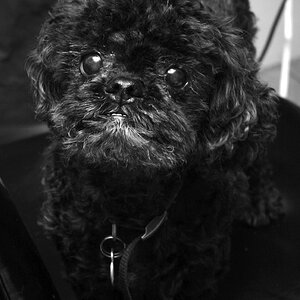
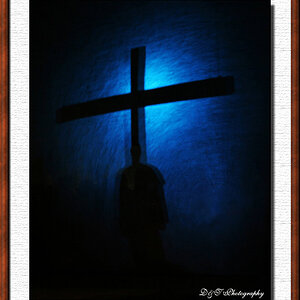
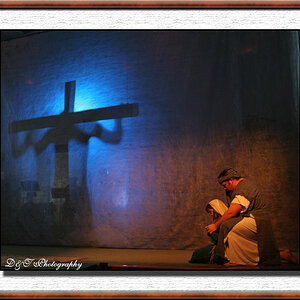
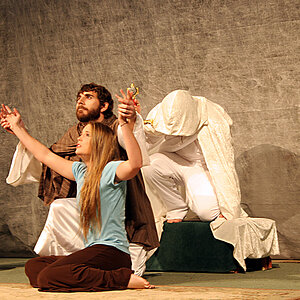
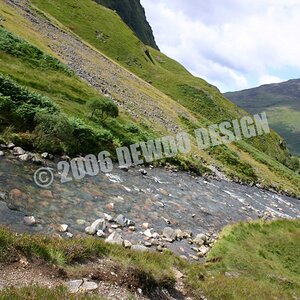
![[No title]](/data/xfmg/thumbnail/39/39224-aa3271aa220fe57f37caf898b6984846.jpg?1619738926)
